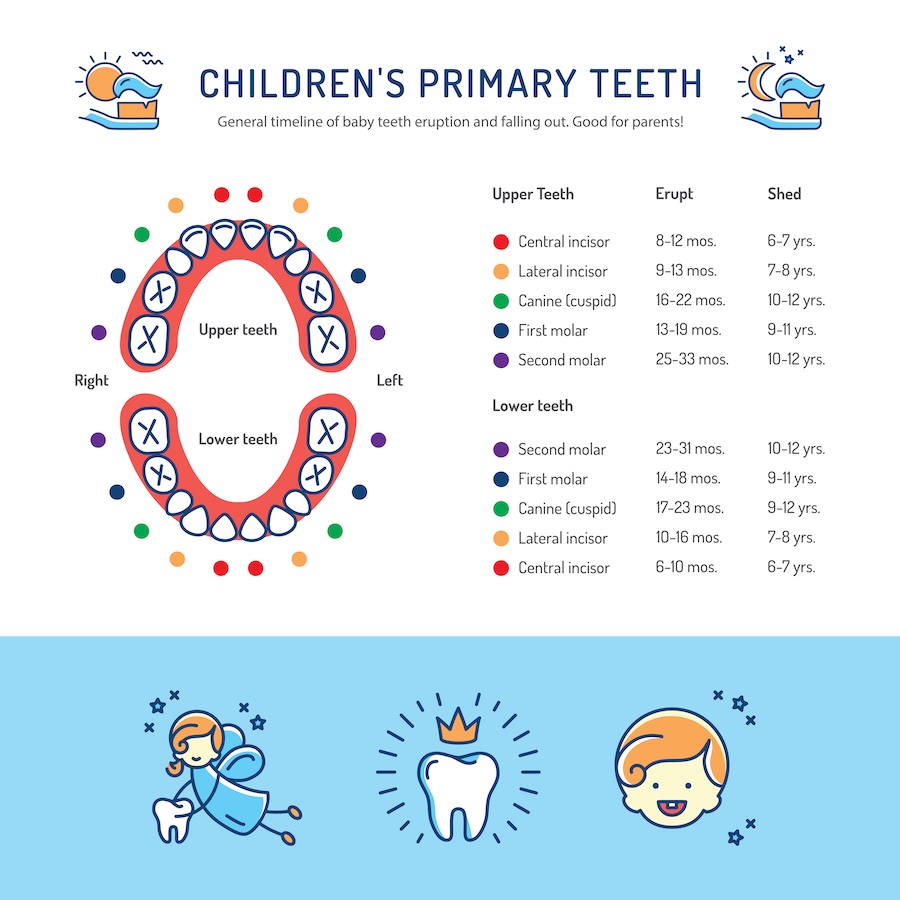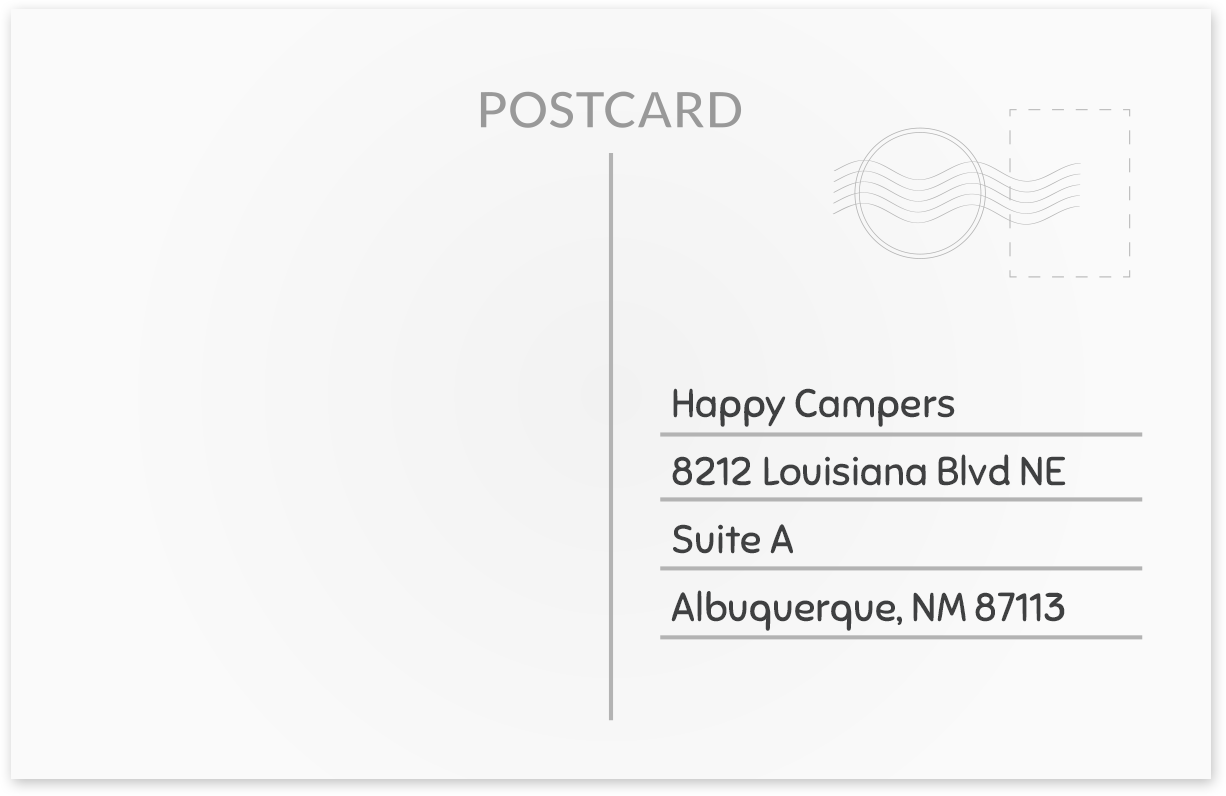
When Do Baby Teeth Fall Out and in What Order?
July 11, 2025 9:00 amThe transition from baby teeth to permanent teeth is a major part of childhood development. But many parents wonder—when exactly should baby teeth fall out? And is there a typical order they follow? Knowing what to expect can help you support your child through each loose tooth, wiggly moment, and new smile milestone.
The Timeline Starts Around Age Six
Most kids begin losing their baby teeth between ages 6 and 7. The process usually starts with the bottom front teeth (lower central incisors), followed closely by the upper front teeth. These are often the same teeth that appeared first as babies. Baby teeth typically continue falling out until ages 12 or 13, when most children complete the transition to a full set of permanent teeth.
What’s the Typical Order (and When)?
Baby teeth usually exfoliate (fall out) in a fairly predictable sequence:
Lower and upper central incisors: ages 6–7
Lateral incisors: ages 7–8
First molars: ages 9–11
Canines (cuspids): ages 9–12
Second molars: ages 10–12
This sequence often mirrors the order in which the baby teeth erupted. Some variation is perfectly normal, and girls may lose their teeth slightly earlier than boys.
What if a Tooth Falls Out Early or Late?
Sometimes, baby teeth come out early due to trauma or decay. Other times, they linger longer than expected. Both situations are common. Still, if a tooth seems unusually delayed or falls out too soon, a checkup is wise. Permanent teeth need adequate space to erupt properly, and disruptions can lead to alignment or spacing issues.
How to Handle Wiggly Teeth
A loose tooth can take days—or even weeks—to come out. Many kids enjoy giving them a gentle wiggle, which is totally fine. Just avoid forcing a tooth out before it’s ready. Premature pulling can lead to pain or bleeding. When it’s time, it will usually come out on its own with minimal discomfort.
Keeping the New Teeth Healthy
Once permanent teeth erupt, good hygiene is more important than ever. These teeth need care from the start. Brushing twice a day and flossing daily remain essential. Permanent molars, which don’t replace baby teeth but erupt behind them, are easy to miss during brushing. Dental sealants may also be recommended to help protect the chewing surfaces from cavities.
Baby Tooth Transitions at Happy Campers Pediatric Dentistry in Albuquerque, NM
At Happy Campers Pediatric Dentistry in Albuquerque, Dr. Jung Lee Nouri (Dr. Lee) keeps a close eye on your child’s smile as it grows and changes. Regular visits allow her to monitor tooth loss, track development, and ensure permanent teeth are coming in on schedule. If a baby tooth seems early, late, or stuck, she’s here to help. Call today to schedule your child’s visit and keep their dental development on track!
Contact UsCategorised in: Primary Teeth


